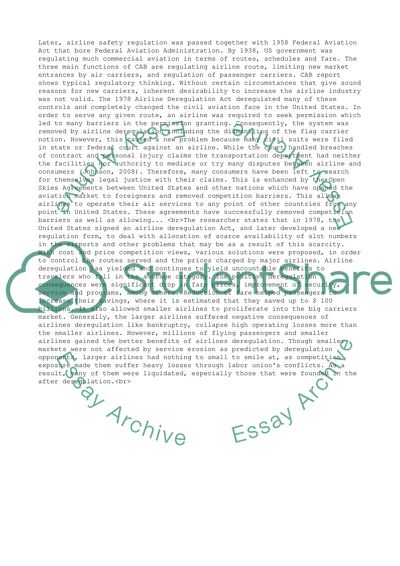Cite this document
(“Deregulation of Aviation in the Commercial Airline Industry Research Paper”, n.d.)
Retrieved from https://studentshare.org/business/1421438-deregulation-of-aviation-in-the-commercial-airline-industry
Retrieved from https://studentshare.org/business/1421438-deregulation-of-aviation-in-the-commercial-airline-industry
(Deregulation of Aviation in the Commercial Airline Industry Research Paper)
https://studentshare.org/business/1421438-deregulation-of-aviation-in-the-commercial-airline-industry.
https://studentshare.org/business/1421438-deregulation-of-aviation-in-the-commercial-airline-industry.
“Deregulation of Aviation in the Commercial Airline Industry Research Paper”, n.d. https://studentshare.org/business/1421438-deregulation-of-aviation-in-the-commercial-airline-industry.


